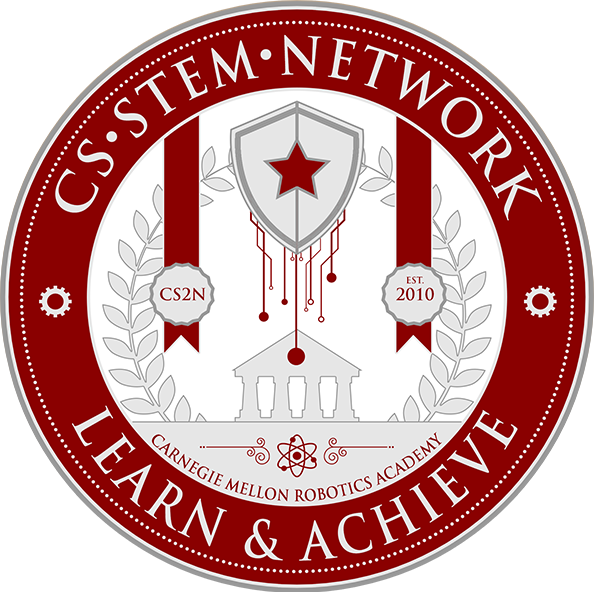SLAM with JetBot (RxS)
Introduction: Exploration in Subterranean Environments
What is SLAM?
Robot and Environment Configuration
Network Configuration for SLAM
ROS Configuration for SLAM
IMU and Encoder Calibration
Mapping
Autonomous Navigation
Unit Challenge: SLAM Time
Unit Quiz: SLAM
Back to Overview
What is SLAM?
Simultaneous Localization and Mapping (SLAM) is a technique used in robotics to build a map of an environment while simultaneously keeping track of the robot's location within it. While AprilTag Navigation relies on external markers, SLAM uses the robot's sensors to detect the environment and make real-time updates to both the map and the robot's position.

LiDAR
LiDAR (Light Detection and Ranging) is one way to use SLAM systems to generate the distance data used to create the maps of the environment.
The JetBot and its LiDAR module can be used to generate a detailed, 2D-map of the robot’s environment. With this map, the robot can intelligently navigate to positions you specify within environment while keeping track of its position, orientation, and new obstacles. Because you have a map, the robot can calculate how to get to a point without colliding.
Applications in Robotics
Autonomous Navigation: SLAM enables robots to navigate complex and changing environments for tasks like search and rescue or autonomous delivery.
Obstacle Avoidance: SLAM provides real-time environmental data, allowing robots to identify and avoid unknown obstacles.

Exploration in GPS-Denied Environments: In areas where GPS is unavailable, such as underground, SLAM enables exploration and mapping.
Check Your Understanding: What does SLAM stand for?
Check Your Understanding: Which technology is crucial in many SLAM systems?








